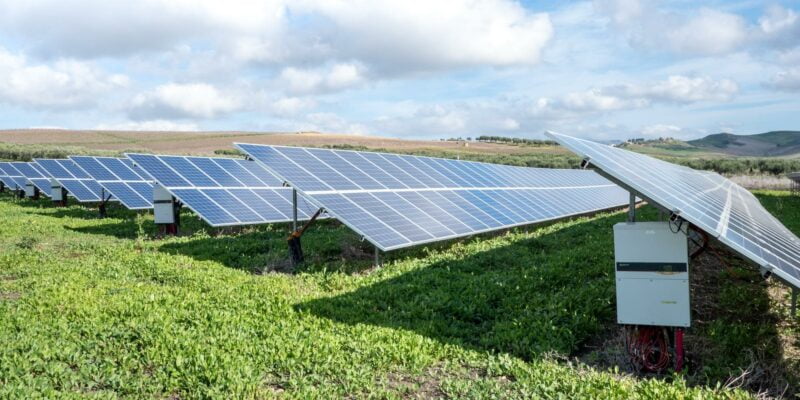Climate change and global warming are now more than just buzzwords – they are real concerns that need immediate attention. As responsible, eco-conscious citizens, it’s vital to do our part in saving energy and reducing our carbon footprint. Here is a list of a few simple tactics that can help you decrease energy consumption and increase efficiency in your home:
Lighting and Appliances
Changing to LED or CFL bulbs can greatly reduce your energy consumption. These bulbs use up to 75% less energy and last 25 times longer than traditional incandescent bulbs.\
When upgrading or purchasing new home appliances, choose Energy Star-certified products, as they are designed to consume less energy without compromising performance.
Heating and Cooling
Adjusting your thermostat a few degrees can result in significant energy savings. In winter, set it to a 68°F when you are at home, and lower it when you are away or asleep. In the summer, adjust it to 78°F when you are home and higher when you are away.
Find and fix any drafts, leaks, or gaps around your house to prevent heat loss or gain. Proper insulation can significantly improve your home’s energy efficiency by maintaining an ideal temperature inside.
To ensure the efficiency and safety of your heating system, it’s essential to schedule regular inspections by a professional boiler inspector. These inspections can help identify any potential issues before they become critical, resulting in energy savings and reduced repair costs.
Landscaping Solutions
Strategically plan your landscaping to optimize energy efficiency. Use high-growing trees and shrubs to provide shade for your home, and use groundcovers and grasses to prevent heat from being absorbed into the ground around your house. This can help reduce the energy needed to cool your home during hot months.
Planting trees and shrubs around your home can create shade and act as a windbreak, reducing the need for air conditioning in summer and heating in winter. This natural insulation helps maintain a more consistent indoor temperature year-round.
Using Electronics Wisely
Many electronic devices continue to consume energy even when they’re turned off – a phenomenon known as ‘vampire energy.’ Unplug devices such as chargers, computers, and televisions when they are not in use to eliminate this unnecessary energy drain.
Invest in smart power strips that can automatically detect when devices are not in use and cut off the power supply. These advanced power strips help save energy by preventing standby power consumption from electronic devices.
Cooking and Clothing
Opt for energy-efficient cooking methods such as using a microwave or slow cooker rather than an oven, or consider batch cooking to minimize energy usage. Keep the oven door closed while cooking, and use lids on pots to retain heat, allowing you to cook at lower temperatures and for shorter durations.
The clothes dryer is one of the most energy-intensive appliances in a home. Where possible, hang your clothes to air dry instead. If you must use a dryer, choose low heat settings and clean the lint screen regularly to maintain efficiency.
Water and Filters
Low-flow showerheads and faucet aerators can help reduce water consumption and lower the energy needed to heat the water. Also, fix any leaky pipes and install a dual-flush toilet for additional water savings.
Regularly cleaning and replacing the filters in your heating, ventilation, and air conditioning (HVAC) system will improve its efficiency and longevity. Consider upgrading to an energy-efficient model if your system is outdated.
The Power of the Sun
Make the most of natural sunlight by opening curtains on south and east-facing windows during the day. Close them at night to retain heat. Alternatively, consider installing solar panels to generate renewable, pollution-free electricity.
With these simple tactics and environmental awareness, you can make a significant impact on reducing your household’s energy consumption and overall carbon footprint. Remember that every small step matters and contributes to a greener, more sustainable future for us and our planet.













[…] Incorporating energy-efficient components into your home design reaps extensive advantages, not only for the environment but also for your long-term savings. It is crucial to consider utilizing eco-friendly materials, energy-saving appliances, insulation installation, and optimizing the building’s alignment to reduce costs associated with temperature regulation. Embracing designs that prioritize energy efficiency empowers you to significantly diminish your ecological impact while cultivating a more pleasant and cozy living atmosphere. […]